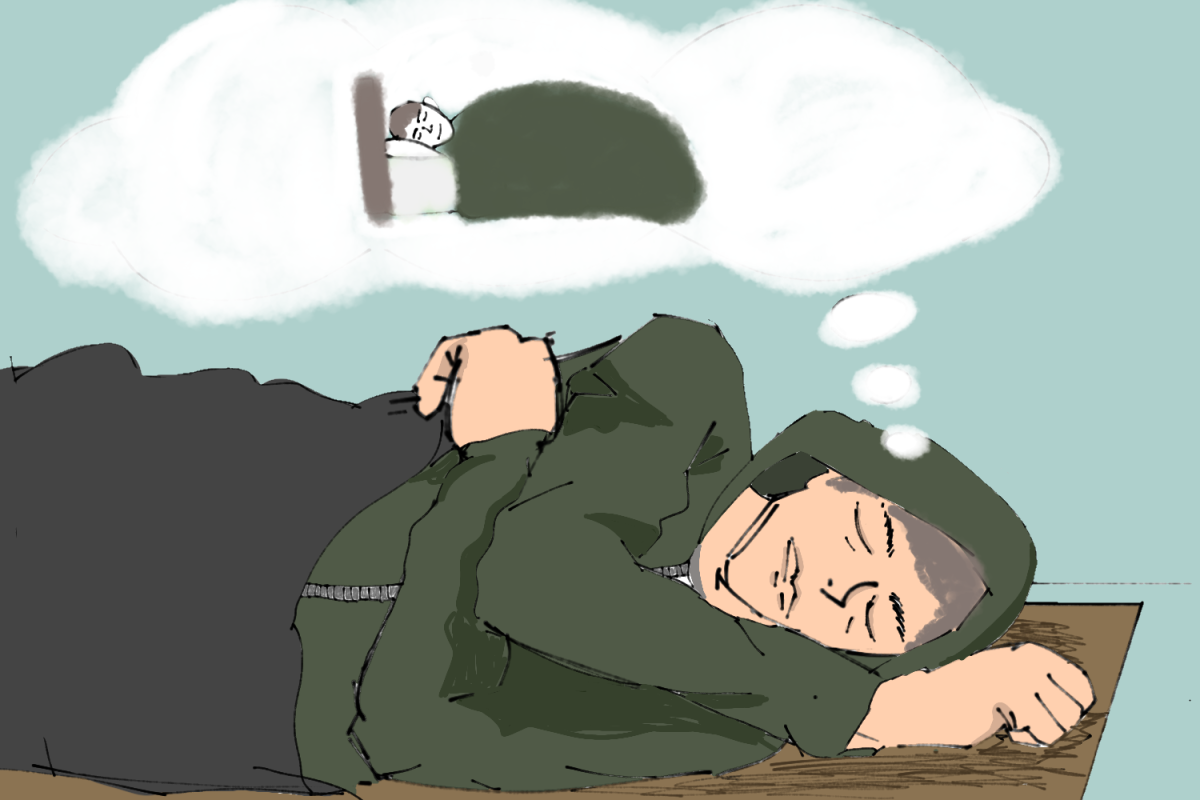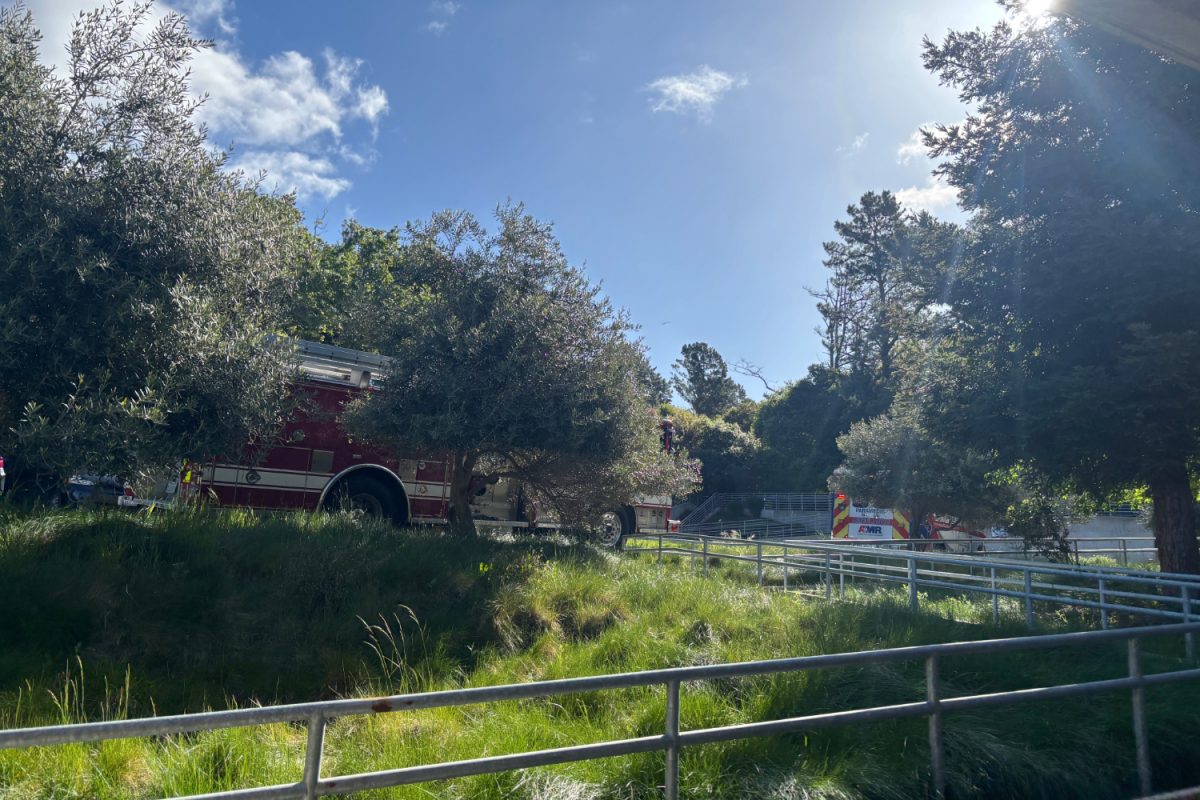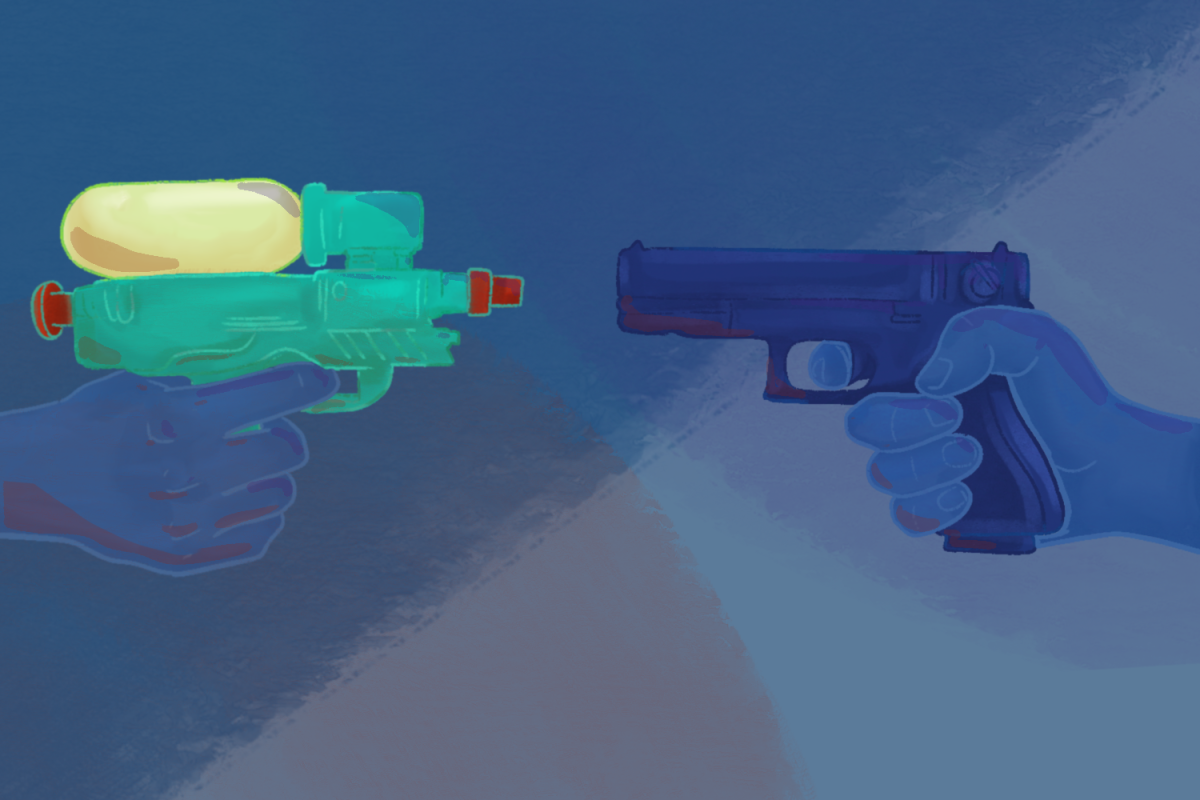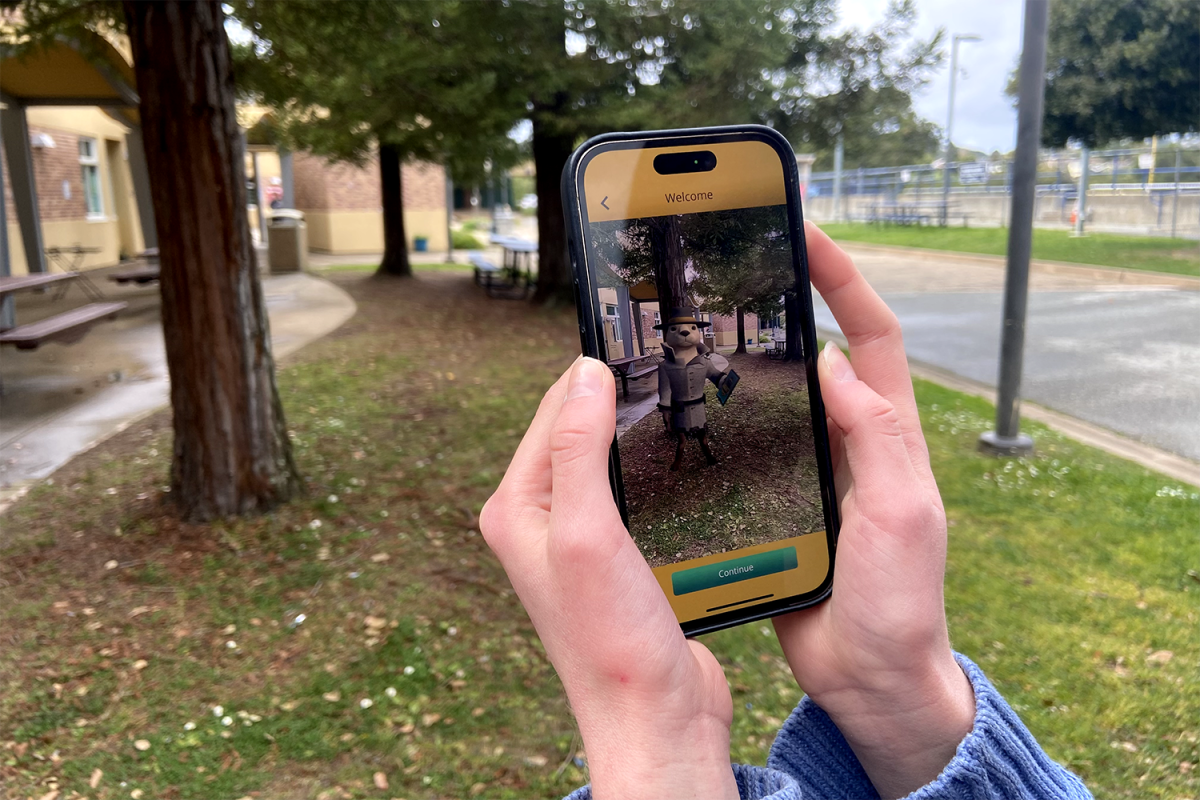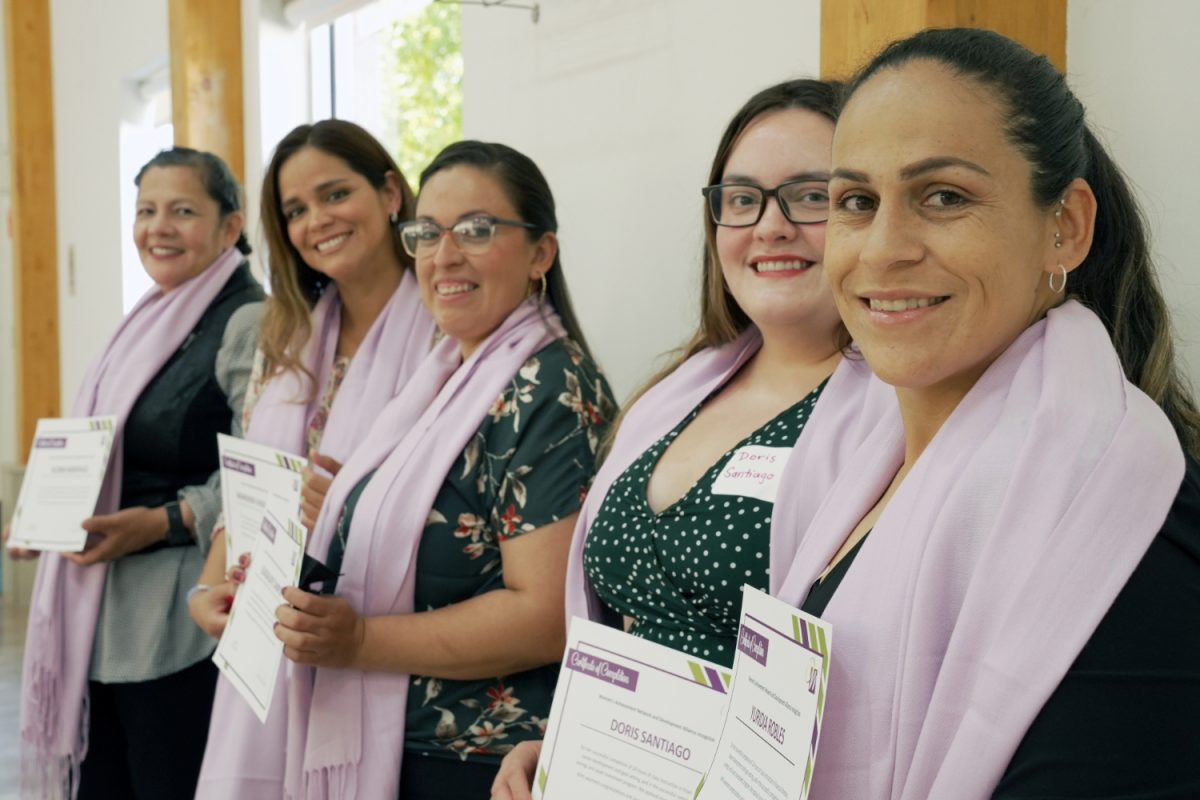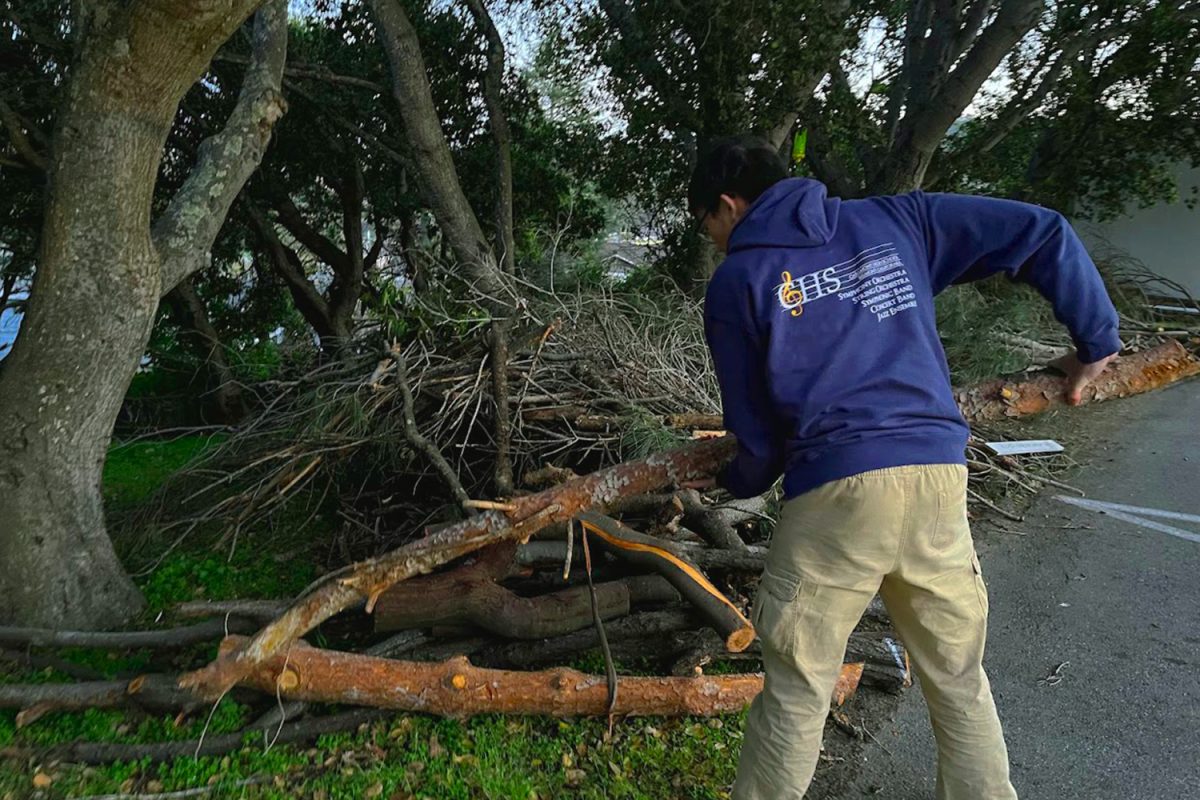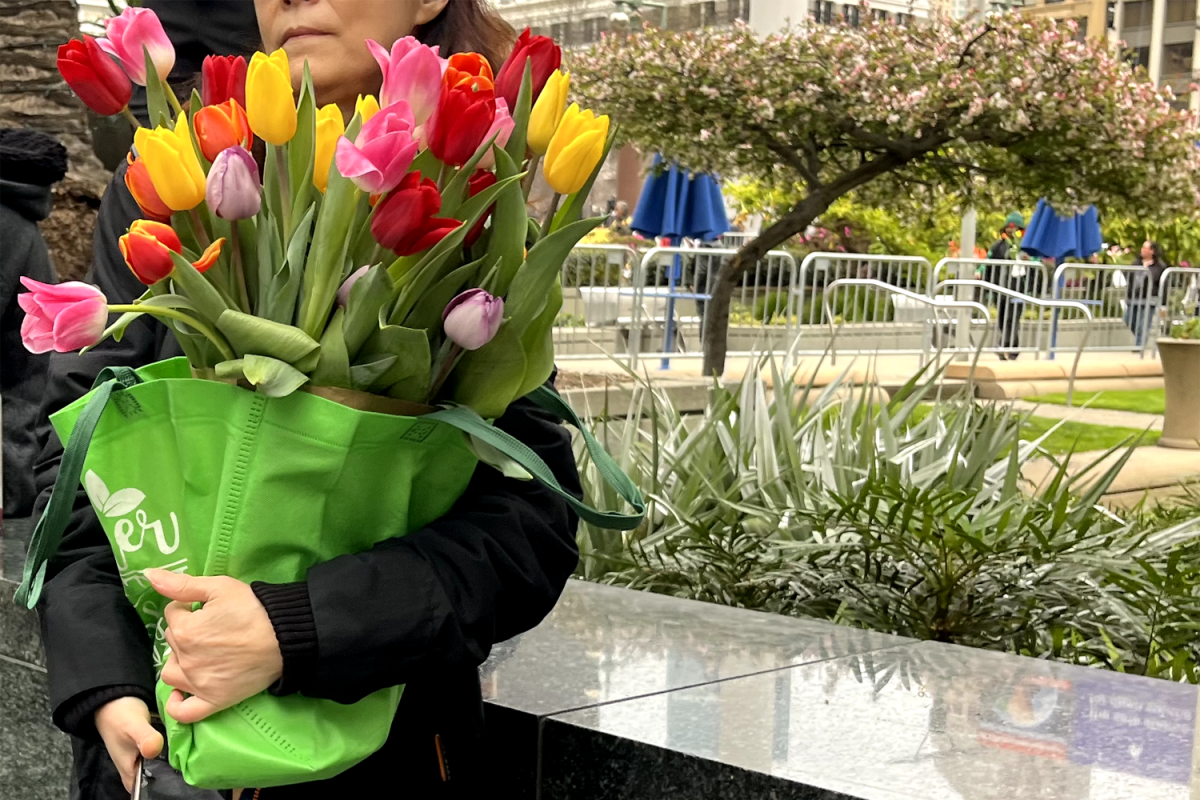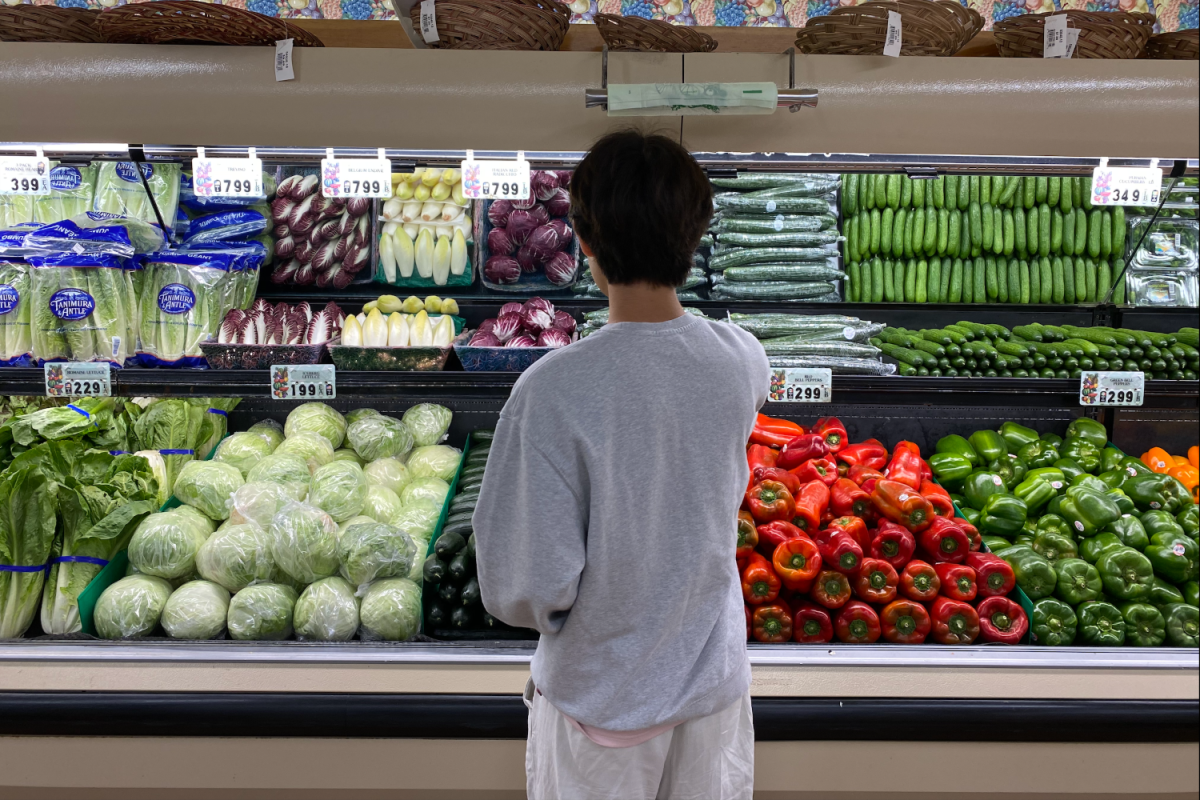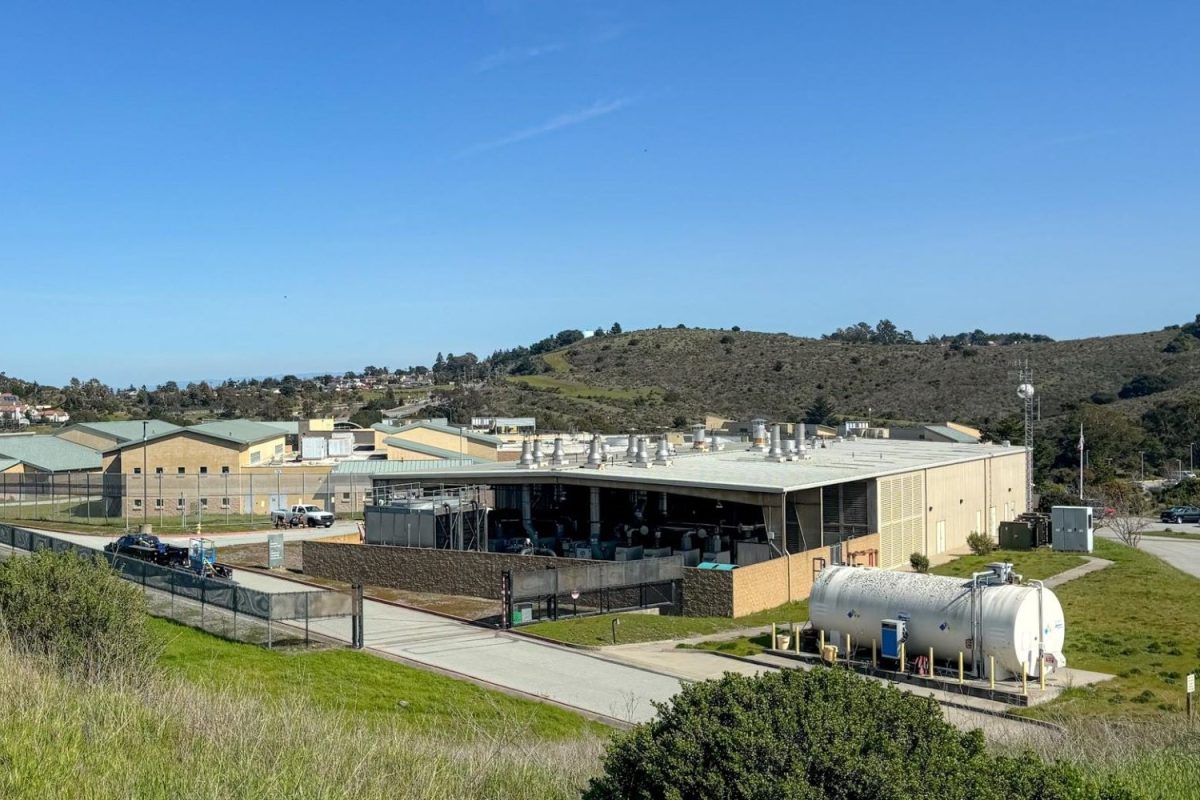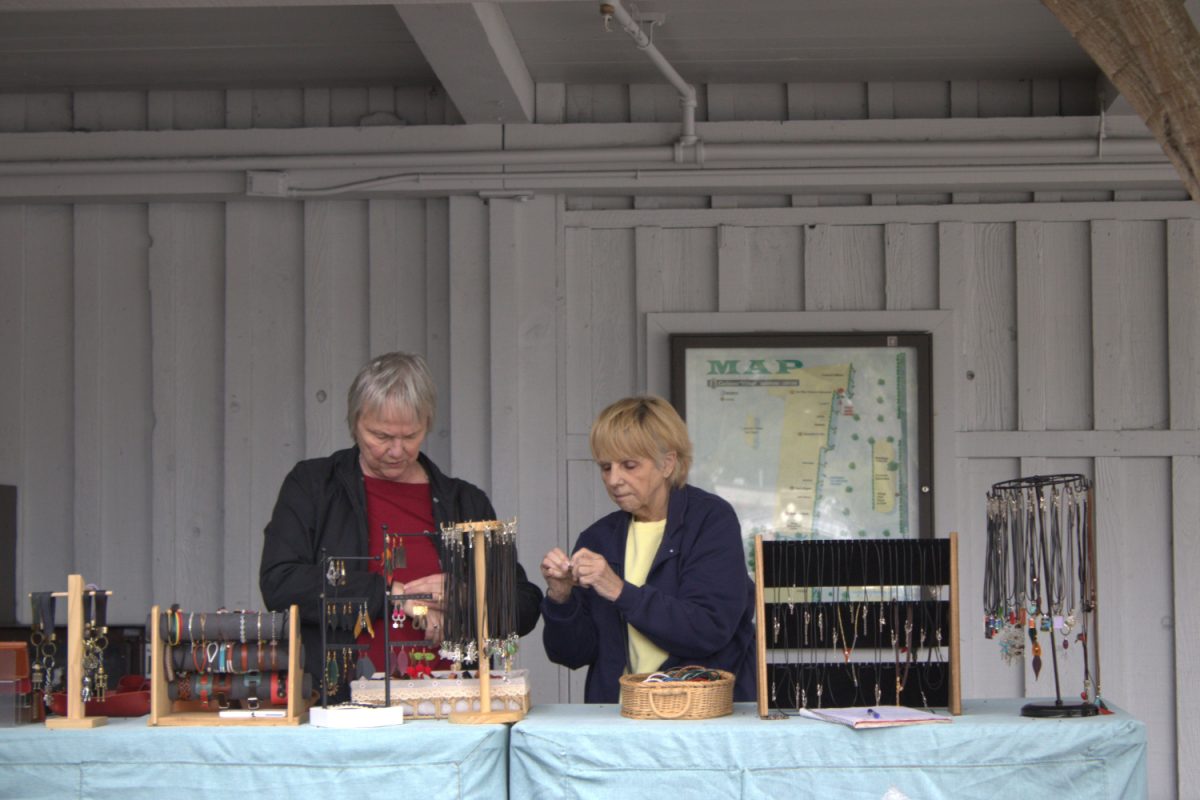San Francisco Mayor Daniel Lurie announced Breaking the Cycle, his plan to reduce homelessness as the city struggles with homelessness despite the billions of dollars invested in the problem. However, whether this plan will break the cycle for those staying on the streets remains to be seen.
Vibrant and diverse communities have become increasingly less accessible. According to Miriam Vu, a San Francisco resident since 1999, technology companies have driven higher living costs, causing the city’s once vibrant and diverse communities to become increasingly less accessible.
“As I look around my neighborhood, a lot has changed. The owners of the houses are people who work for tech companies. The values of the houses have gone way up, so they’re the ones who can afford it. Blue-collar workers no longer live here,” Vu said.
According to Vu, homelessness has increased in the Mission, Tenderloin, and South Market areas. As a result, it has become unsafe for Vu to go to those areas after dark.
“While I don’t regularly visit areas in San Francisco with the worst cases of homelessness, I think homelessness expanded across the city following the pandemic. This is true of SOMA, where homelessness was previously not an issue,” said Len Lorilla, who commutes to work in San Francisco.
With 8,323 people experiencing homelessness in San Francisco, Lurie’s plan focuses on investing in homelessness prevention, addressing mental health and addiction, maintaining cleaner and safer sidewalks, and providing the services needed to get people the help they need.
In his first six months in office, Lurie proposes to add 1,500 beds to emergency shelters, stabilization centers, sober living facilities, residential treatment programs, and hotel vouchers.
Lurie also plans to tackle homelessness by expanding shelter capacity, providing financial services and support to people at risk of becoming homeless, and improving the crisis response teams that interact with homeless individuals.
According to Deborah Bouck, a communications manager at the San Francisco Department of Homelessness and Supportive Housing (HSH), nonprofit organizations run shelters where beds will be placed, but homelessness remains a challenge.
“It’s always challenging to bring new shelter into the community. People will benefit from fewer people in the streets, but when we open shelters in the neighborhood, people feel that they have too much in their district. They feel overwhelmed and singled out for the unhoused,” Bouck said.
According to Bouck, the United States Department of Housing and Urban Development (HUD) funds HSH. The HSH receives money from the HUD to help people get off the streets. HUD street teams communicate with the unhoused and persuade them to use the shelters HSH provides.
“Rather than an abandoned hotel, it is a nice building surrounded by care. When they are tired or too old, people can always come in. No matter how many times they ask, we will always let them in,” Bouck said.
However, some homeless people turned down the offer, according to Bouck, given that people remain skeptical about whether Lurie’s plan can address all the needs of homelessness.
“If you aim to move people off and away from the street, then temporary shelters may do the trick, but that is not a long-term solution. The problem with homelessness is that it’s a combination of problems that have to be solved, like mental issues or drug issues,” Vu said.
While there is an emphasis on providing services so people can seek refuge and care, others remain hopeful that Lurie’s plan and the city’s efforts can lead to a permanent solution for people experiencing homelessness.
“I’m hopeful Daniel Lurie will succeed in his plans to tackle homelessness. He does have a comprehensive strategy to address homelessness,” Lorilla said.

